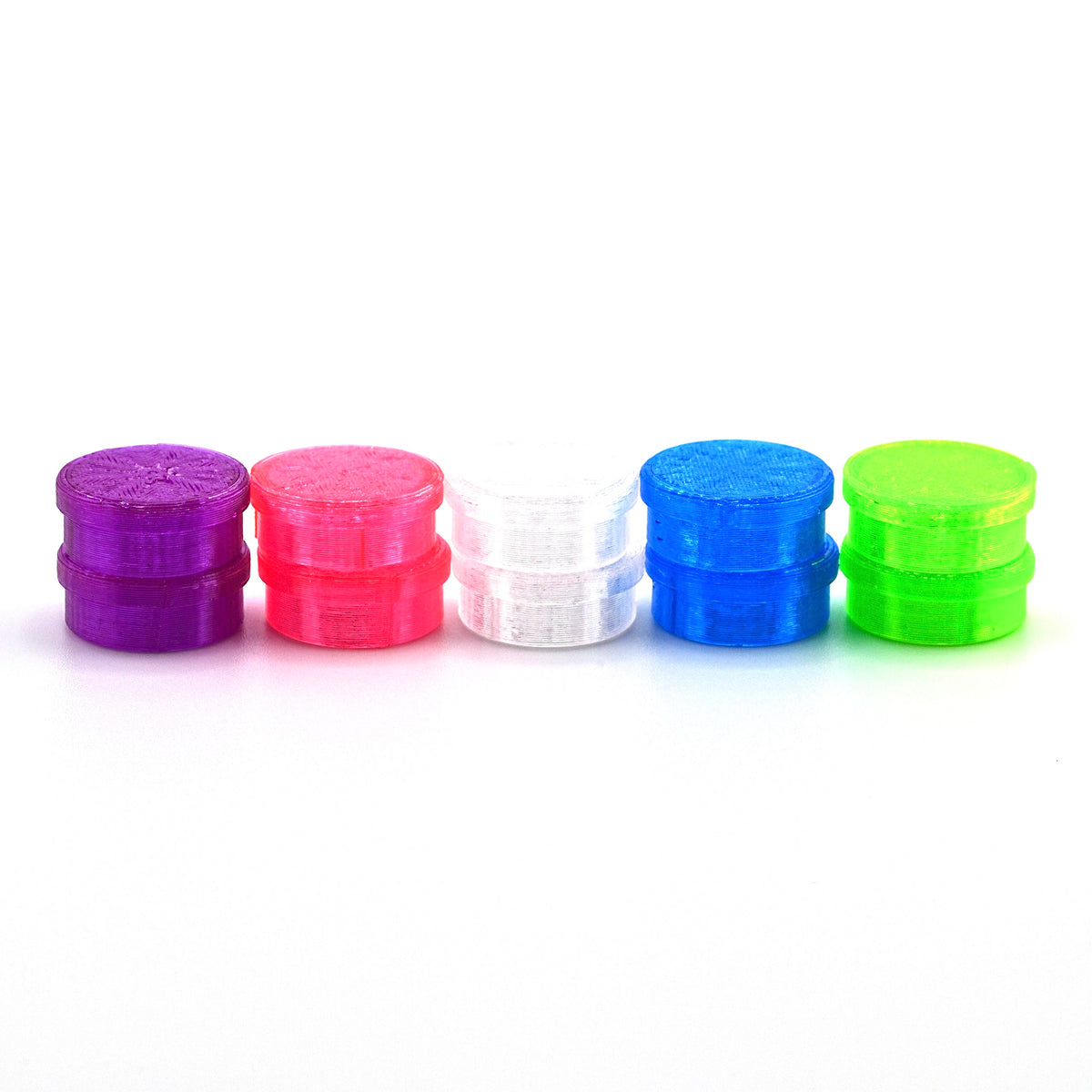Updated on: November 4, 2025
Bulk Peptide Storage Solutions: Fridge & Freezer Organization Guide
Table of Contents
- Peptide Storage Basics
- Refrigerated Storage (Short-Term)
- Freezer Storage (Long-Term)
- Recommended Bulk Storage Cases
- FAQ
- Disclaimer
Peptide Storage Basics
Most peptides and reconstituted injectables require consistent cold storage once mixed. Unmixed (lyophilized) vials are more stable but still benefit from cool, dark storage. The goal: avoid temperature swings, light exposure, and moisture — all of which can degrade your product’s potency.
- Unmixed (lyophilized) peptides: Keep in a cool, dark, dry place or refrigerator between 36–46 °F (2–8 °C).
- Reconstituted peptides: Require refrigeration at 36–46 °F and should not be frozen after mixing.
- Freezer storage: For long-term preservation of unmixed vials (–4 °F / –20 °C), but never refreeze a reconstituted solution.
Refrigerated Storage (Short-Term Use)
For most peptides, refrigeration is ideal for stability without risking vial damage. Keep your vials in sealed containers or dedicated peptide storage cases to avoid contamination or label fading from condensation.
- Temperature range: 36–46 °F (2–8 °C)
- Store vials upright to prevent moisture intrusion.
- Use a dedicated section in your fridge (not near the door) to minimize temperature fluctuation.
- Never freeze reconstituted solutions.

Freezer Storage (Long-Term Stock)
If you’re holding multiple months of peptide vials or buying in bulk, freezer storage (unmixed vials only) is your best option for extended shelf life. Keep everything sealed from moisture, and avoid rapid freeze-thaw cycles.
- Temperature range: –4 °F (–20 °C) or lower
- Freeze unmixed (powder) vials only — never reconstituted solutions.
- Use vacuum-sealed or airtight containers with desiccant packs.
- Allow slow thawing in the refrigerator (not room temperature) before use.

Recommended Bulk Storage Solutions
- 20-Slot 3 mL Vial Case — perfect for daily or weekly fridge rotation.
- 4-Slot 3 mL + 30 mL BAC Case — compact day-use or travel setup; doubles as a fridge insert.
- 30 mL BAC & Vial Freezer Storage Case — rigid design prevents frost damage and cracking during deep-freeze.
- Flexible Snap-On Vial Caps — seal vial tops from dust, condensation, and accidental spills in both fridge and freezer environments.
FAQ
Should I refrigerate or freeze my peptides?
Unmixed (lyophilized) peptides can be stored in the freezer for long-term stability. Once reconstituted, peptides should only be refrigerated — never frozen.
Can peptides go bad in the fridge?
Yes, if temperature fluctuates or if exposed to light and air. Always store them in airtight cases or containers toward the back of the fridge, not in the door.
Can I store BAC water in the freezer?
No. Freezing bacteriostatic water can compromise sterility and break glass vials. Store BAC at room temperature or in the refrigerator if preferred cool.
What’s the best way to organize a large collection?
Use labeled trays or multi-slot vial cases to separate reconstituted and unreconstituted vials. Color-coded vial caps are an easy way to track compounds or expiration dates.
Disclaimer
This article is for informational purposes only and does not constitute medical or storage advice. Always follow manufacturer guidelines and consult your pharmacist or clinician regarding your specific products.
Nick Belor
Peptide Storage & Organization
vialcase.com
Your source for clean, durable, and temperature-safe vial storage.






